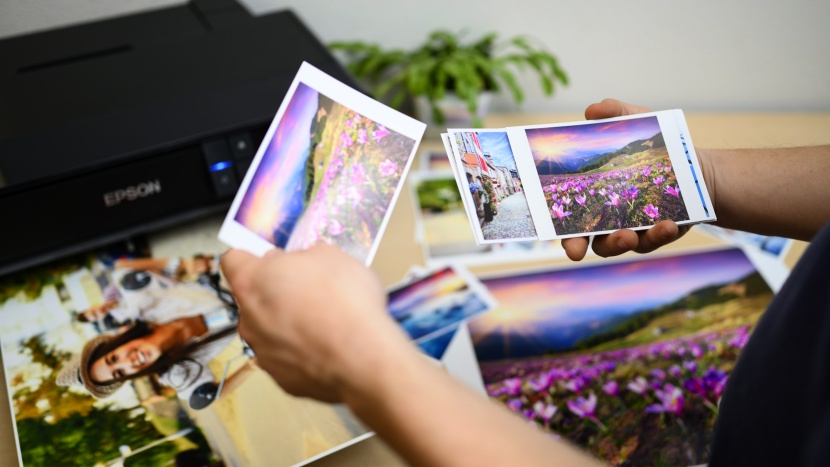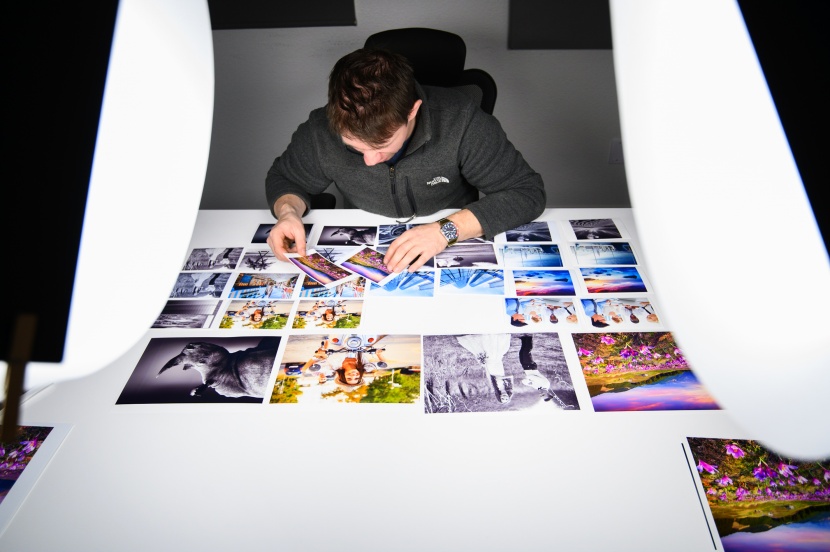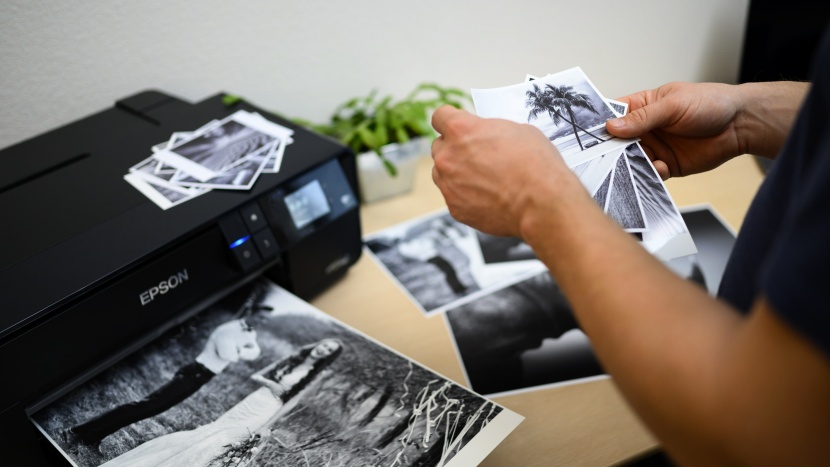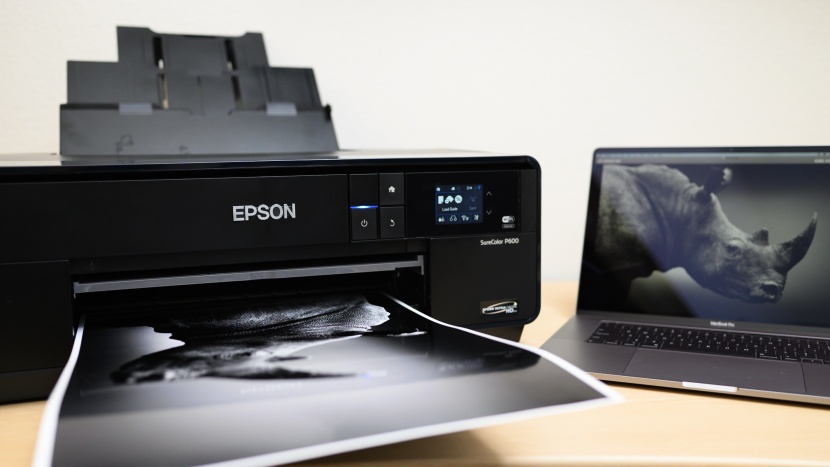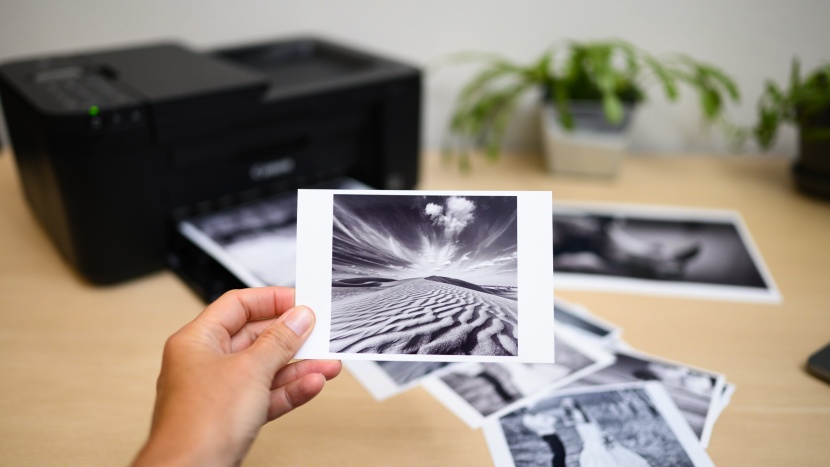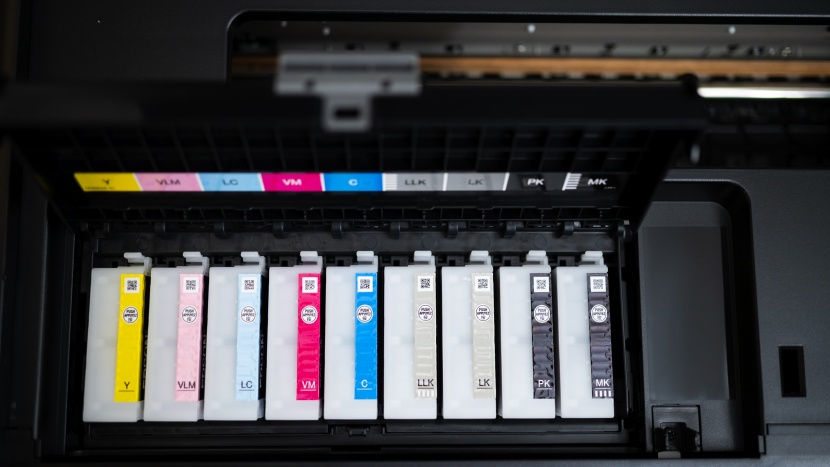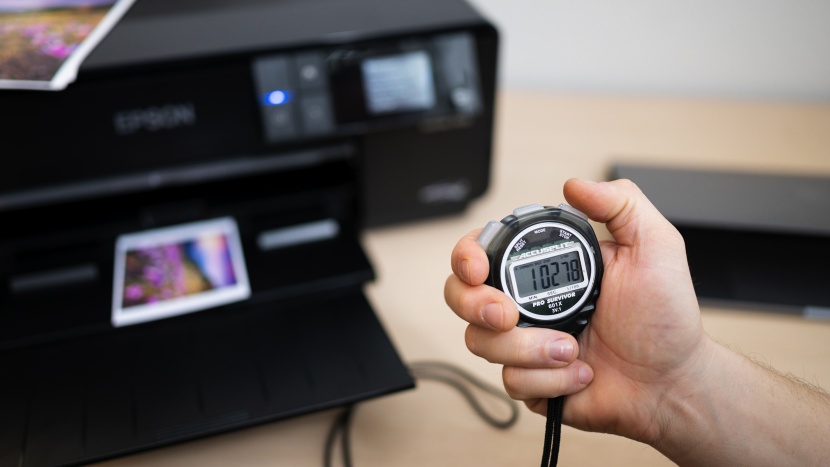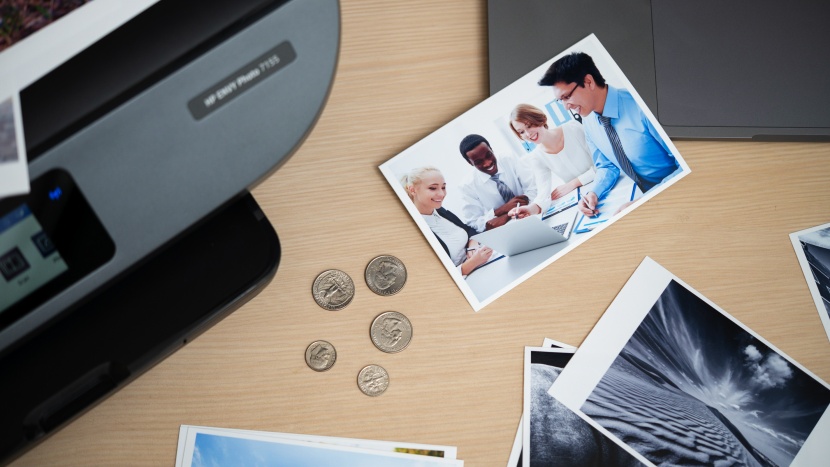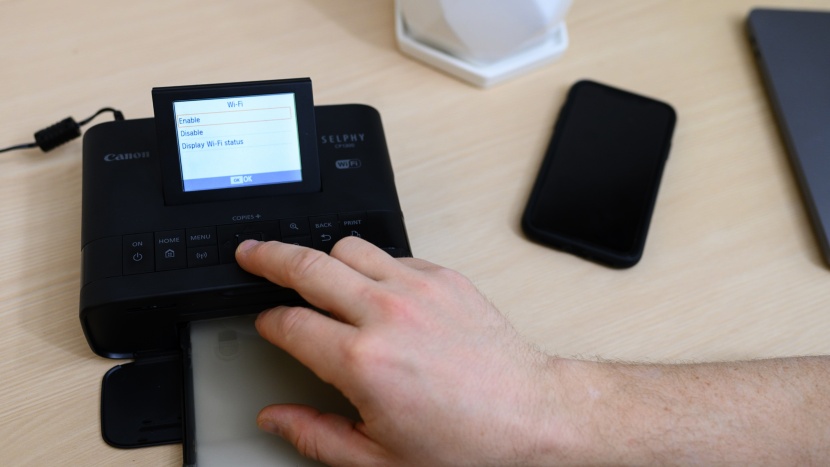It's not a photo until you print it
— David Burnett
Continually increasing technical precision and mechanical complexity have always been components of photography. Yet, photos and the printers that produce them maintain a certain artistic intangibility that is hard to define scientifically. Visual aesthetics are, to a predominant extent, in the eye of the beholder. The testing regimen for photo printers requires an appreciable degree of subjective analysis. There are several aspects of photo printing that are not subjective, however. For example, printers vary in resolution, varieties of papers employed, and color palettes.
Recognizing both the subjective and objective aspects of photo printer analysis, we created five mutually exclusive but collectively comprehensive categories to structure our investigation. Namely, these are color image quality, black and white image quality, printing capabilities, operating cost, and ease of set-up. Several tests fall under each metric, and their scores are weighted proportional to their impact on the user's experience with the product. These metrics make up each product's final score of 1 - 100 points. The following is an in-depth description of each analysis and how scores were rendered.
Color Prints
The color printing evaluation is arguably the most important because most people will be rendering color photos. Consequently, we weighted this metric to account for 35% of each product's overall score. Our evaluations are all about direct comparisons among the products in our review, we purchased seven stock color photos covering common subjects from landscapes to portraits. The images are judged on overall impression (especially color reproductions) and resolution. For those images that have humans in them, we also assess skin tones.
We created a photo viewing lab lit only by LED hot lights filtered to eliminate reflections and spectral gradients on the images for consistency and clarity. The photo evaluations were made by both professional photographers and laypeople. While none of the reviewers were new to assessments of this type, they nonetheless captured a fuller range of what is visually attractive and technically important to these two user groups.
Regardless of the reviewer's background, the overall impression of an image yielded subjective responses such as “it looks pretty clean” or “there's something weird about this one.” Conversely, the perceived resolution, dynamic range, and skin tones provide concrete critiques. While it is true that a well-composed image can mitigate shortcomings in image quality, when identical images pulled from different printers are placed side by side, the discrepancies in border definition, color casting, dynamic range, and gradation jump out. These details provide the evidence needed to make accurate assessments regarding the printer's quality. Yet, given the printing options available on these machines, this analysis was less than straightforward.
Most of the printers in our review have more than one option for print dimensions and paper types. To address these variables, we printed each color image on two grades of glossy paper in the 4" x 6" format. We used each brand's proprietary papers that, though differing in name, are understood to be economy and premium products. The 8" x 10" and 13" x 19" formats were limited to two prints — one human subject and one landscape — that best revealed the shortcomings of the printers. These large prints were rendered on the paper that scored best in the 4" x 6" format. The mini printers render a fixed size print (around 2" x 3"). As a result, the paper and dimension tests were not applicable. When all was said and done, we printed over 180 color photos and collectively spent over 125 hours analyzing them.
Black and White Prints
While black and white images are not nearly as popular as their color counterpart, many serious photographers interested in printing enjoy working in grayscale. High-quality black and white prints have crisp boundaries and smooth gradients in tone transitions that lower-quality printers prone to bleed over can't render. This metric makes up 35% of each printer's total score.
For the most part, the black and white print evaluation followed the same procedures as the color evaluation, where images were rated according to the viewer's overall impression and the resolution. We began our tests with 4" x 6" prints on the two grades of glossy paper previously described. We used seven images that were a mix of landscapes and portraits for this evaluation. We selected these images because their impact on the viewer largely depends on the printer having a wide dynamic range for contrast and concise tonal transitions that provide definition. The lack of color also heightens the focus on resolution. We also used a dynamic range matrix (a graph that transitions incrementally from pure white to pure black) into the mix, thus removing any aesthetic distractions in assessing these machines' tonal ranges.
After establishing which paper yields the best results in the 4" x 6" format, our analysis moved on to the large formats of 8" x 10" and 13" x 19". As was the case in the color evaluation, we pared the prints down to two images that displayed the dynamic range, boundary definition, and tonal transitions of interest. However, we selected matte paper for one of the two 13" x 19" images. We decided that the absence of the glossy finish in a large format eliminates reflections and highlights definition (or lack thereof) in print.
As was the case for the color metric, the mini printers were necessarily excluded from the experimentation with different papers and dimensions. The mini printers were also limed to four images that provided enough dynamic range for our assessment. Unlike in the color metric, we drew all the images in this analysis from those covered in the full-size printer analysis. To complete the black and white print analysis, we rendered over 140 images and spent more than 100 hours evaluating them.
Printer Capabilities
Accounting for 15% of a printer's total score is the print capabilities metric. This analysis collates the media types (paper types, etc.), dimensions, quantities that the printer can handle, and the number of ink cartridges that the machine requires. Additionally, we timed how long it takes to produce a standardized 4" x 6" print (or ~ 2" x 3" photo for the mini printer).
For the print size analysis, we listed common print sizes and checked with, if any, of these dimensions the printer can produce. Namely, the sizes we were checking for were 2" x 2", 2" x 3", 3" x 5", 4" x 6", 5" x 7", 8" x 10", 11" x 17", 13" x 19", 13" x N" (for machines using rolls paper). Print speed was a simple analysis: we set the printer to its highest quality print setting, sent the picture to be printed, and then waited for the printer to start making noises, at which point we started the stopwatch. Paper capacity was a check on the number of prints that a given printer could accommodate. This information is useful if you want to batch print, and you don't want to spend your afternoon feeding paper to the machine. The scoring for the capacity analysis is based on the number of 4" x 6" glossy photo sheets the cradle can hold. In some cases, the printers use sealed cartridges, in which case, there is no checking to be done.
Operating Costs
Our operating costs metric makes up 10% of a printer's total score. On the surface, a printer's operating cost is simple to calculate. You take the cost of the ink needed to cover 24 square inches and add it to the cost of a 4" x 6" glossy sheet of paper. Getting a number for the cost of the paper is easy; you divide the cost paid for the pack of paper by the number of sheets in the pack. The difficult number to land on is how much ink a printer uses on average to render a color print.
Manufacturers provide little to no information on the topic of ink consumption. However, professional printers and third-party ink sellers have done large-scale tests and provided the figures needed to make a conservative estimate on ink consumption and, thus, cost. Generally, 1mL of ink will cover 144 square inches (1 square foot) of paper. We now have all the data needed to make a ballpark estimate. The formula is as follows. (Note: a round refers to all the color cartridges used by a printer).
cost per round / milliliters of ink in round = cost per milliliter of inkcost per milliliter of ink / 6 = cost of ink for 4" x 6" print
cost of ink for 4" x 6" print + cost of 4" x 6" photo paper = cost per 4" x 6" image
If one is printing lots of dark images, this estimate might be a bit low, but not much. To this point, 1mL / square foot proved to be a high estimate in our tests, and we printed almost half of the test images in grayscale. The prices we used for ink and paper were taken from the manufacturers' websites and represent the highest price one would likely pay for middle-tier glossy paper. We also cross-referenced the cost per print with a national photo developing chain as a matter of practical comparison.
Set-up
The printer set-up evaluation accounts for 5% of a printer's total score. This metric analyzes how easy it is to install the drivers and apps that are needed to actuate a print. We followed the manufacturer's instructions for this evaluation either in the user manual or online.
Having walked through the printer installation steps like any other consumer, we rated the comparative ease, or lack thereof, to get the printer from the box to photos in hand. Additionally, we noted the printers' compatibility with common operating systems such as Android and iOS for mobile and Windows and Mac OS for desktops and laptops.
Conclusion
The detailing of various printer types, their capabilities, the quality of their final products, and the ease of their use is no offhand task. These machines are complex, their economy and technical advantages over one another difficult to tease out. However, we have gone to extreme lengths in our testing of photo printers to provide you with concrete, actionable data about their capabilities, print quality, the price per print, and user experience. This information provides a vivid snapshot of the best machines in the class, so you can be sure that you know everything there is to know about a printer before you add it to your cart.

